House prices to plummet as huge interest rate increase expected
Australians are being hit with rising costs across the board, but things are only set to get worse as house prices plummet and a big jump is expected in interest rates.
A major bank has warned house prices will plummet this year as faster rate hikes have a chilling impact on the property market, amid fears that interest rates could rise by a whopping 0.4 per cent next month.
Earlier this year, ANZ had predicted that house prices would rise by 8 per cent on average in capital cites across Australia, but it has now slashed the forecast to house values dropping by 3 per cent in 2022 on the back of unexpected rate rises for the rest of the year.
The major bank has also forecast that house prices will plunge by a further 8 per cent next year, an even bigger drop than its earlier forecast for 2023.
The country’s third biggest home lender said the Reserve Bank of Australia’s move to raise rates far earlier than expected would have a sobering effect on the property market as buyers are limited by the amount they can borrow.
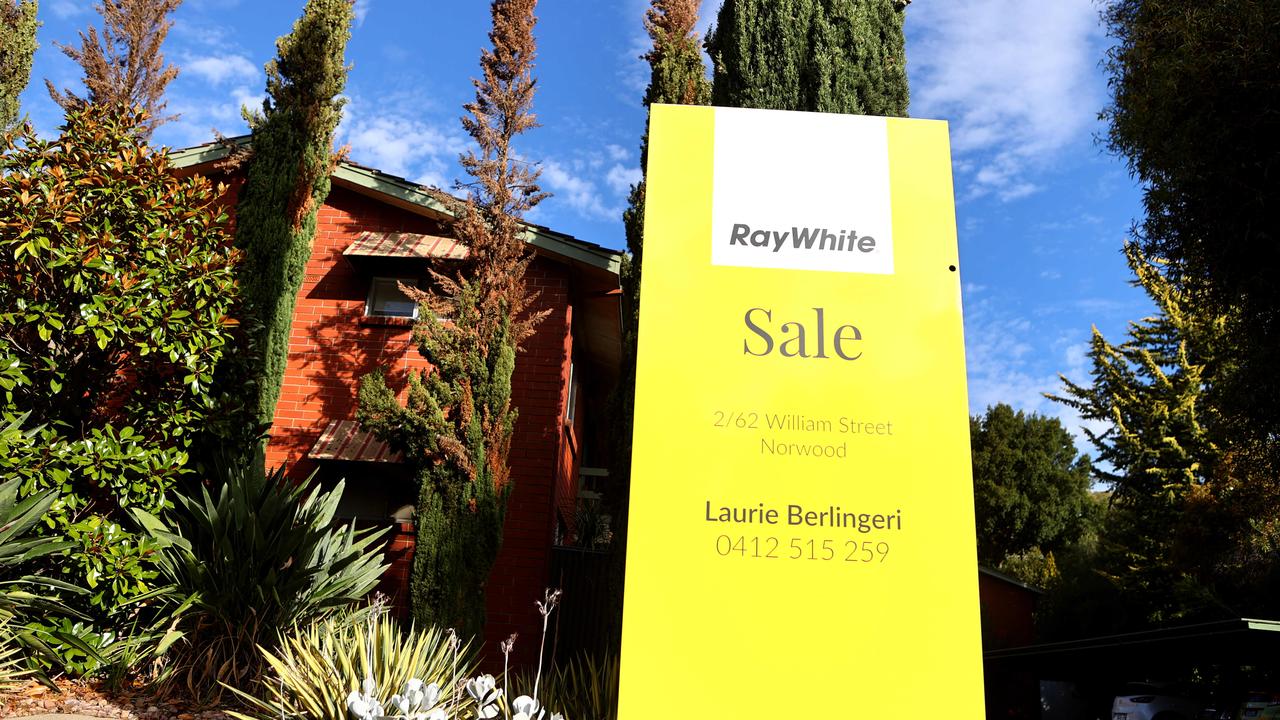
ANZ senior economists Felicity Emmett and Adelaide Timbrell have said interest rates will hit 2.35 per cent by the middle of 2023, although other experts have tipped them to reach as high as 3.25 per cent by that year.
“Housing prices look set to turn lower in coming months,” the economists wrote.
“While fixed rates have already risen sharply, the steep increases in the cash rate will flow through to variable mortgage rates, lifting minimum repayments significantly and reducing borrowing power. Macroprudential tightening, solid supply and constrained affordability will also be headwinds for house prices.”
ANZ’s economists added that official interest rates of 2.35 per cent would see a variable mortgage rate soar to 4.75 per cent, which would “significantly” reduce how much people could borrow.
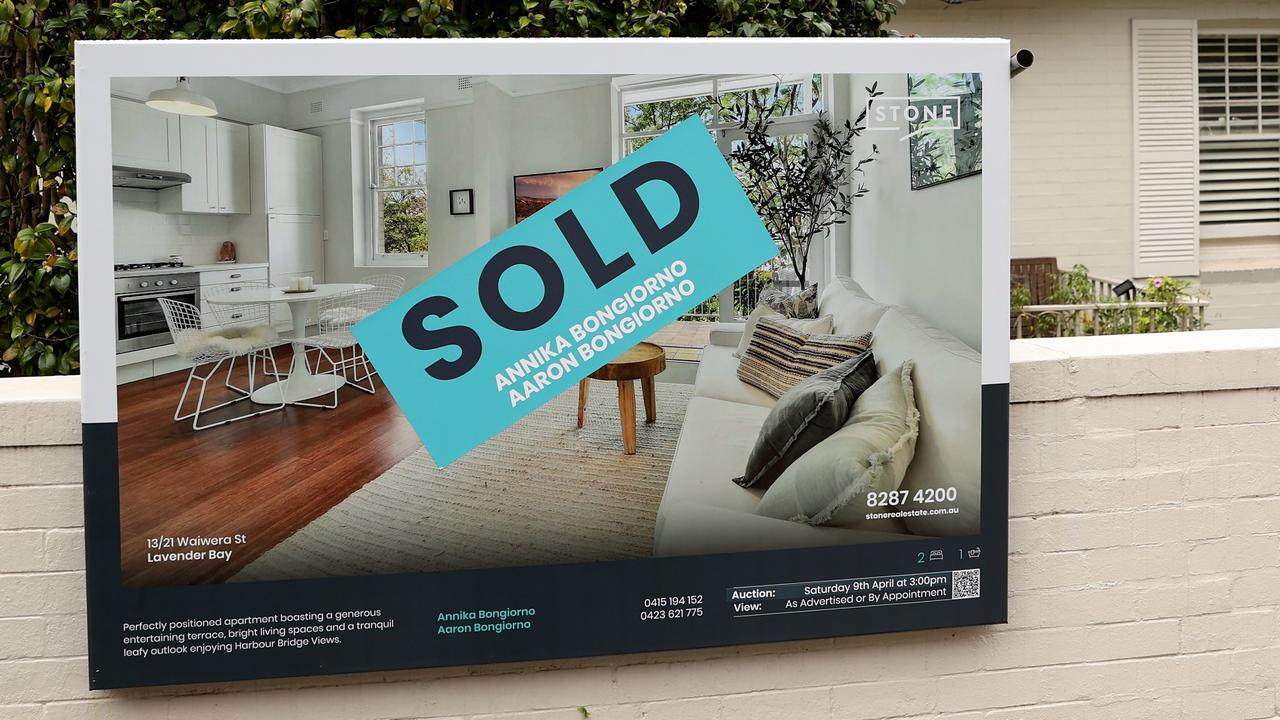
House prices have already began to drop in some capitals. In Sydney, prices decreased for the first time since early in the pandemic by 0.1 per cent in April and in Hobart the drop was more marked at 0.44 per cent, the first time prices have fallen since early 2018.
ANZ predicted Sydney house prices would drop the most dramatically in the coming months with a fall of 8 per cent this year as a greater supply of homes hit the market and lenders further tighten their lending standards.
Interest rate rises would also trigger a drop of 8 per cent in Sydney house prices in 2023, their economists said.
For Melbourne, prices were expected to decrease by 5 per cent this year and 6 per cent in 2023, although Brisbane, Adelaide and Perth would buck the trend and still see house prices go up this year.
But 2023 was a different story with house prices predicted to drop by 9 per cent in Brisbane, 13 per cent in Adelaide and 7 per cent in Perth, according to ANZ economists.
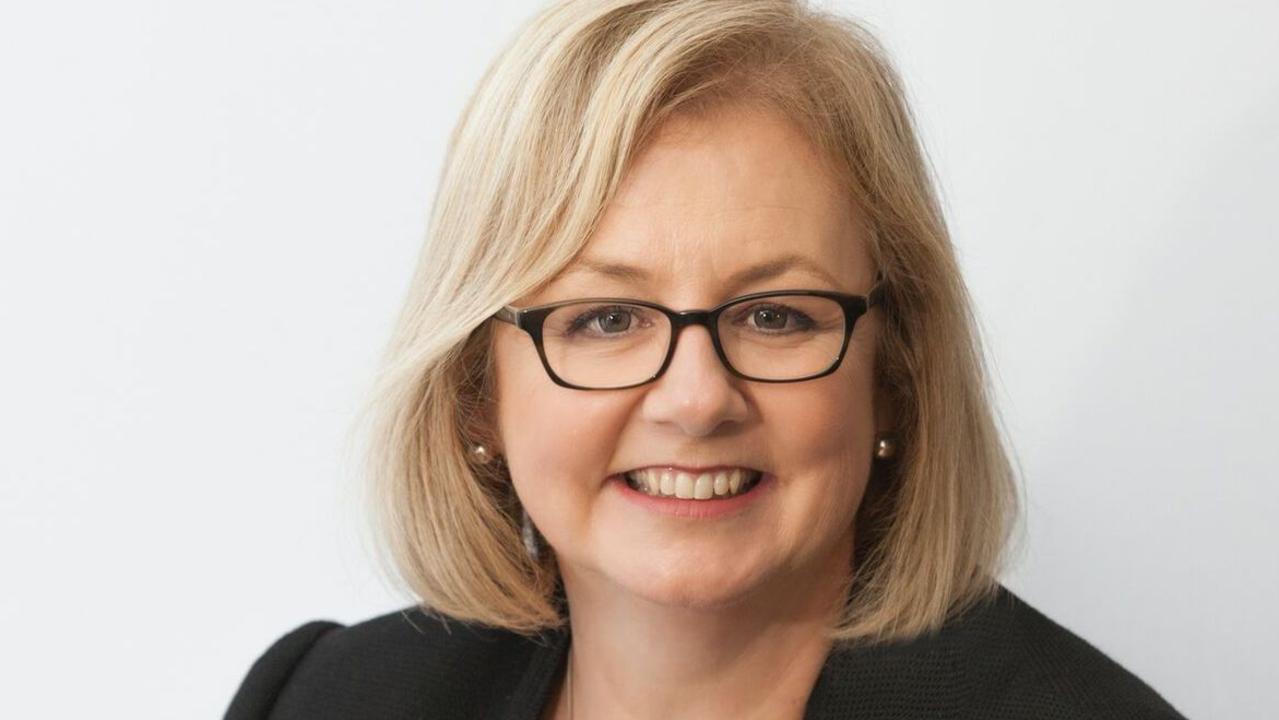
Despite the RBA expressing concerns about the impact of higher interest rates on Australians who are highly indebted when it comes to property, according to the minutes published from its May 3 meeting, it still caught experts off guard when it hiked rates by 0.25 per cent.
However, homeowners narrowly avoided an even bigger jump and there’s a risk this super-sized move could be made by the RBA in June, experts have warned.
The RBA minutes showed it was weighing up a rate rise of either 0.15 per cent, 0.25 per cent or 0.4 per cent.
“Members agreed that raising the cash rate by 15 basis points was not the preferred option given that policy was very stimulatory and that it was highly probable that further rate rises would be required,” the minutes said.
“A 15-basis-point increase would also be inconsistent with the historical practice of changing the cash rate in increments of at least 25 basis points.
“An argument for an increase of 40 basis points could be made given the upside risks to inflation and the current very low level of interest rates.
“However, members agreed that the preferred option was 25 basis points. A move of this size would help signal that the board was now returning to normal operating procedures after the extraordinary period of the pandemic.”
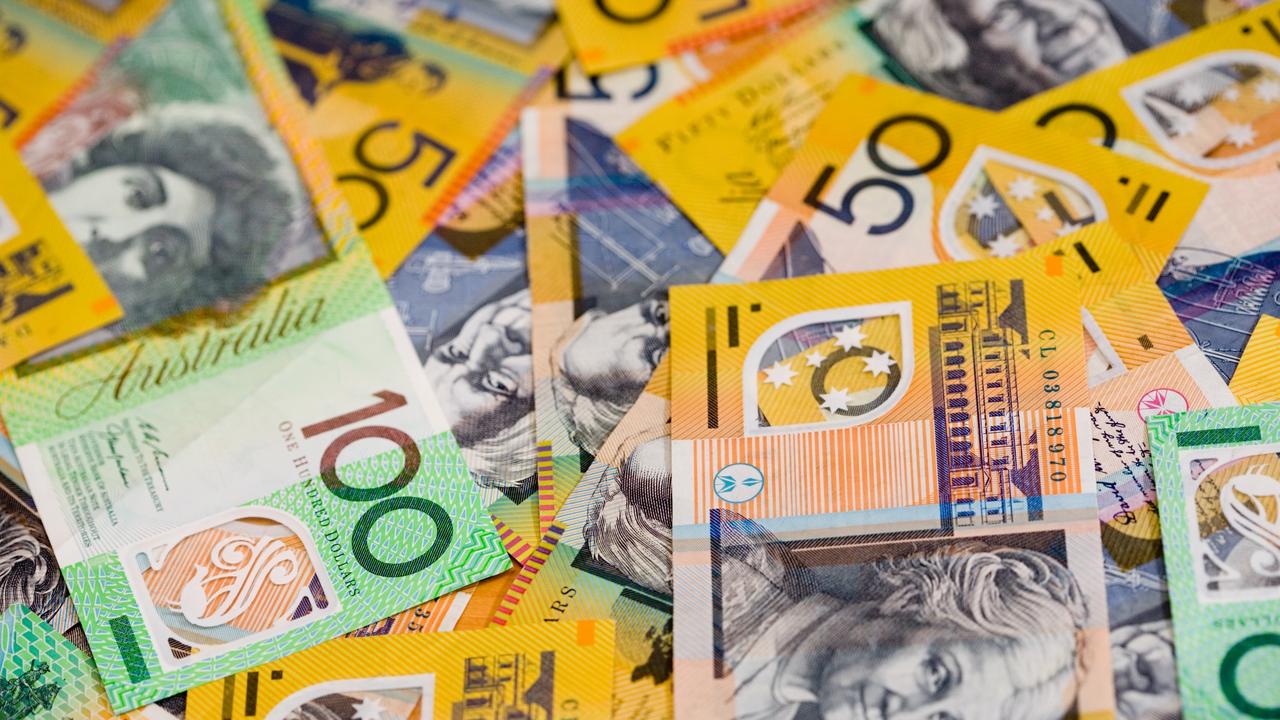
Economists are predicting that a 0.4 per cent rate rise could seriously be in play for June.
Commonwealth Bank’s Belinda Allen argued it can’t be “ruled out” and will hinge on data from the Wage Price Index.
Westpac’s chief economist Bill Evans said a 0.4 per cent increase in June could be seen as “best policy” considering labour shortages, rising labour costs and inflation challenges.
He added there was no “real argument” against the 0.4 per cent rise next month, “although the RBA said that because it meets monthly it would have the opportunity to review the setting of interest rates again within a relatively short period of time”.
The RBA’s reference to other central banks around the world moving to raise interest rates could be another telling sign that the bigger rate hike is on the cards.
“Several central banks in advanced economies had indicated that they were seeking to return policy rates to a neutral setting quickly and may increase policy rates further thereafter,” the minutes said.
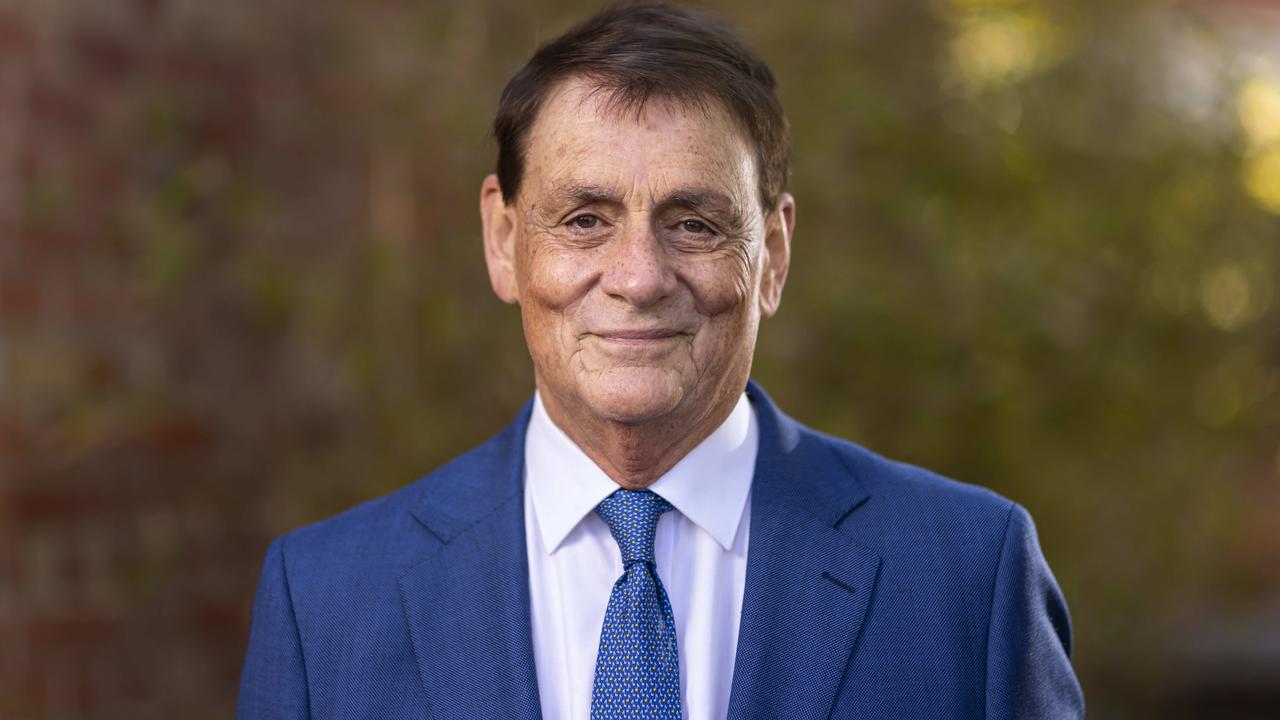
The RBA also revealed that its economists assumed interest rates will hit 1.75 per cent by the end of the year and 2.5 per cent by the end of 2023.
All of Australia’s banking juggernauts responded to this month’s historic rate rise within hours and passed on the hike.
It’s a challenge that the RBA is well aware of too.
“Housing prices in Australia could also be more sensitive to rising interest rates than assumed, which would be likely to result in lower household wealth and consumption,” the minutes read.






